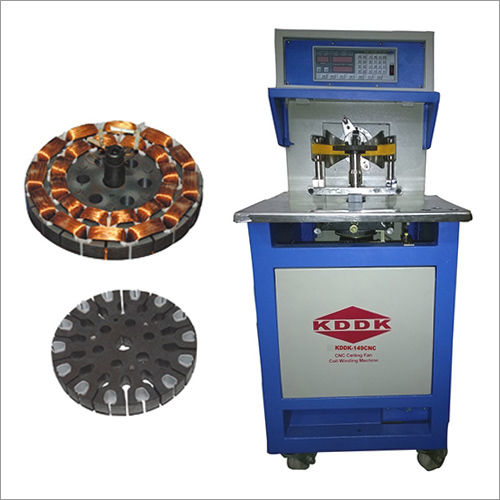Two motors
I am turning my rotor with my original DC motor. Call this the “run” motor.
My generator coils have to be connected to a load to speed up under load. Instead of connecting them to 300 watt AC light bulbs as I HAVE been, I decided to connect them to an AC motor to run it. There are two wires coming off the coil. There are two wires on the motor. Those wires are connected together. Now the coil output runs directly to the AC motor. But because there are WINDINGS in the AC motor, the coil sees this as more wire that has to be filled up with electricity before the coil is turned into an electromagnet. More CAPACITANCE. It’s like adding several thousand feet of wire to the coil. What happens? The coil takes longer to fill with electricity and turn into an electromagnet, so speeds up the run motor (cthe DC motor) at a LOWER RPM.
The coil MUST have a load on it before it can speed up the run motor. That load can add capacitance to the coil and affect the required RPM.
That’s all I’m trying to say.
I am turning my rotor with my original DC motor. Call this the “run” motor.
My generator coils have to be connected to a load to speed up under load. Instead of connecting them to 300 watt AC light bulbs as I HAVE been, I decided to connect them to an AC motor to run it. There are two wires coming off the coil. There are two wires on the motor. Those wires are connected together. Now the coil output runs directly to the AC motor. But because there are WINDINGS in the AC motor, the coil sees this as more wire that has to be filled up with electricity before the coil is turned into an electromagnet. More CAPACITANCE. It’s like adding several thousand feet of wire to the coil. What happens? The coil takes longer to fill with electricity and turn into an electromagnet, so speeds up the run motor (cthe DC motor) at a LOWER RPM.
The coil MUST have a load on it before it can speed up the run motor. That load can add capacitance to the coil and affect the required RPM.
That’s all I’m trying to say.
 You could put 130vac into one of those and not
You could put 130vac into one of those and not


Comment